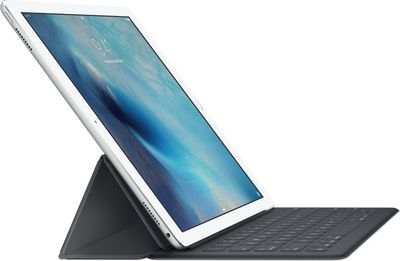Apple introduced the iPhone 6s and iPhone 6s Plus with several new features this week, one of the most significant being 3D Touch. The pressure-sensing technology enables iPhone users to perform additional multi-touch gestures called "Peek" and "Pop" to access Quick Action shortcut menus or preview content within apps.
Apple added a 3D Touch page to its website earlier this week with some examples of what Peek and Pop gestures can be used for, including previewing emails and websites, viewing photos you've taken while taking new ones, quickly accessing your contacts, taking a selfie, quick compose and more.
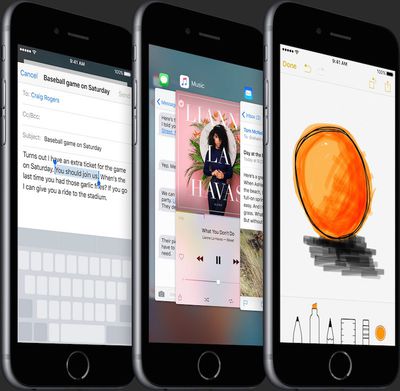
One of the more useful actions that 3D Touch makes possible is pressing the iPhone screen to turn the on-screen keyboard into a virtual trackpad (pictured on left).
One press turns your keyboard into a trackpad.
Press the keyboard within apps such as Notes, Mail, and Messages, and your keyboard behaves just like a trackpad. You can then use a cursor to easily select and manipulate text with precision.
Existing iPads running iOS 9 will also have similar functionality, with users able to control an on-screen cursor by moving two fingers anywhere on the screen, including over the QuickType keyboard, to select, edit and move text.
3D Touch also enables iPhone 6s and 6s Plus users to press the left side of the Home screen to switch to multitasking view, press lightly for finer lines or more deeply for thicker ones in Notes, swipe left to delete an email or swipe right to mark it as unread in Mail and more.




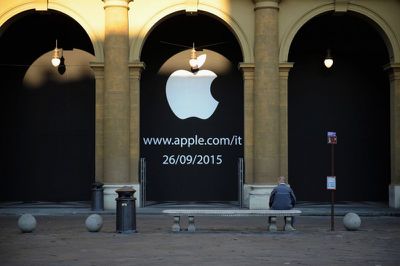
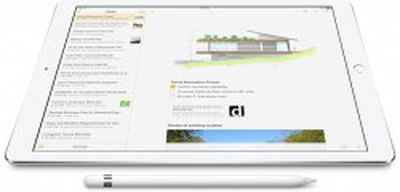 Apple co-founder Steve Jobs famously dismissed the need for a stylus when introducing Multi-Touch on the original iPhone over eight years ago, touting the finger as the best pointing device in the world.
Apple co-founder Steve Jobs famously dismissed the need for a stylus when introducing Multi-Touch on the original iPhone over eight years ago, touting the finger as the best pointing device in the world.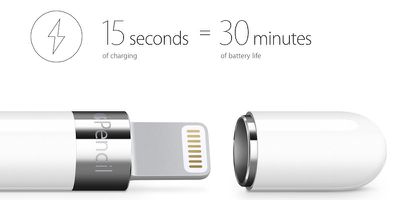
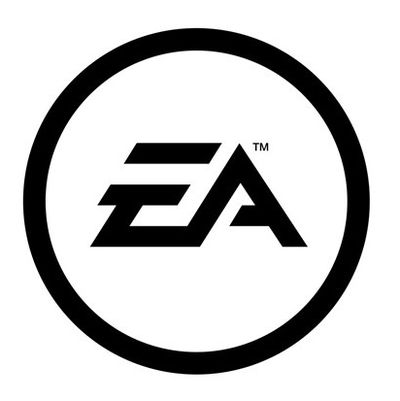
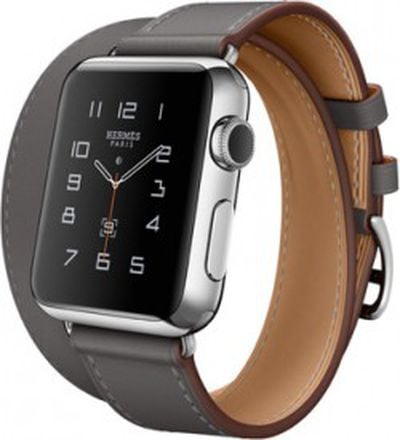 Apple design chief Jony Ive and Hermès artistic director Pierre-Alexis Dumas recently spoke with
Apple design chief Jony Ive and Hermès artistic director Pierre-Alexis Dumas recently spoke with 
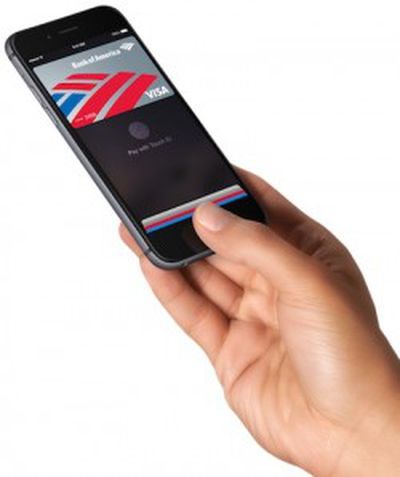 A few banks out of the United Kingdom today have announced Apple Pay support for their customers, including
A few banks out of the United Kingdom today have announced Apple Pay support for their customers, including 

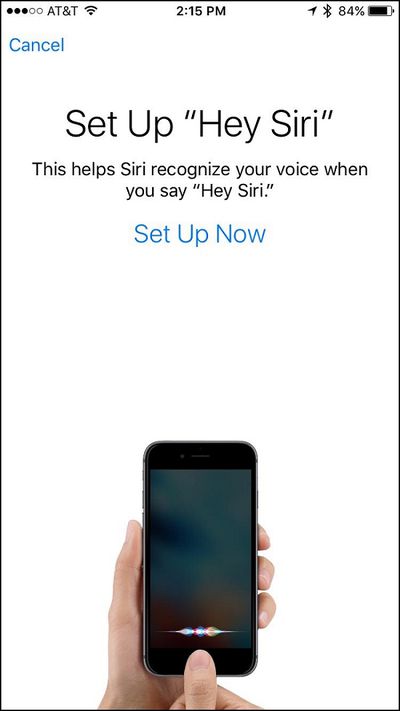
 Apple's new iPad Pro is powered by a 64-bit A9X processor that delivers up to 1.6 times faster performance over the iPad Air 2, with up to twice as fast graphics. Apple also says the tablet is faster than 80% of portable PCs shipped in the last 12 months.
Apple's new iPad Pro is powered by a 64-bit A9X processor that delivers up to 1.6 times faster performance over the iPad Air 2, with up to twice as fast graphics. Apple also says the tablet is faster than 80% of portable PCs shipped in the last 12 months.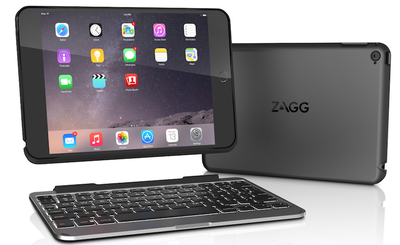
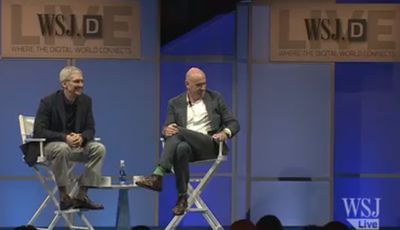
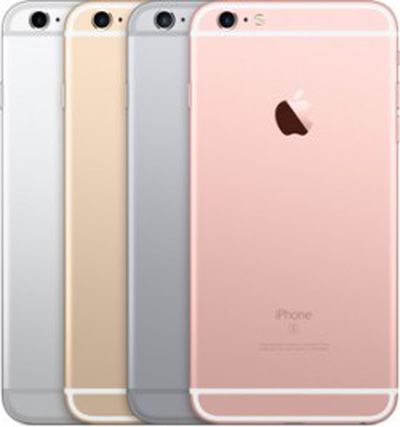 Apple has set higher prices for the iPhone 6s and iPhone 6s Plus in Canada, Australia and other countries to reflect a strengthening U.S. dollar and fluctuating currency exchange rates.
Apple has set higher prices for the iPhone 6s and iPhone 6s Plus in Canada, Australia and other countries to reflect a strengthening U.S. dollar and fluctuating currency exchange rates.